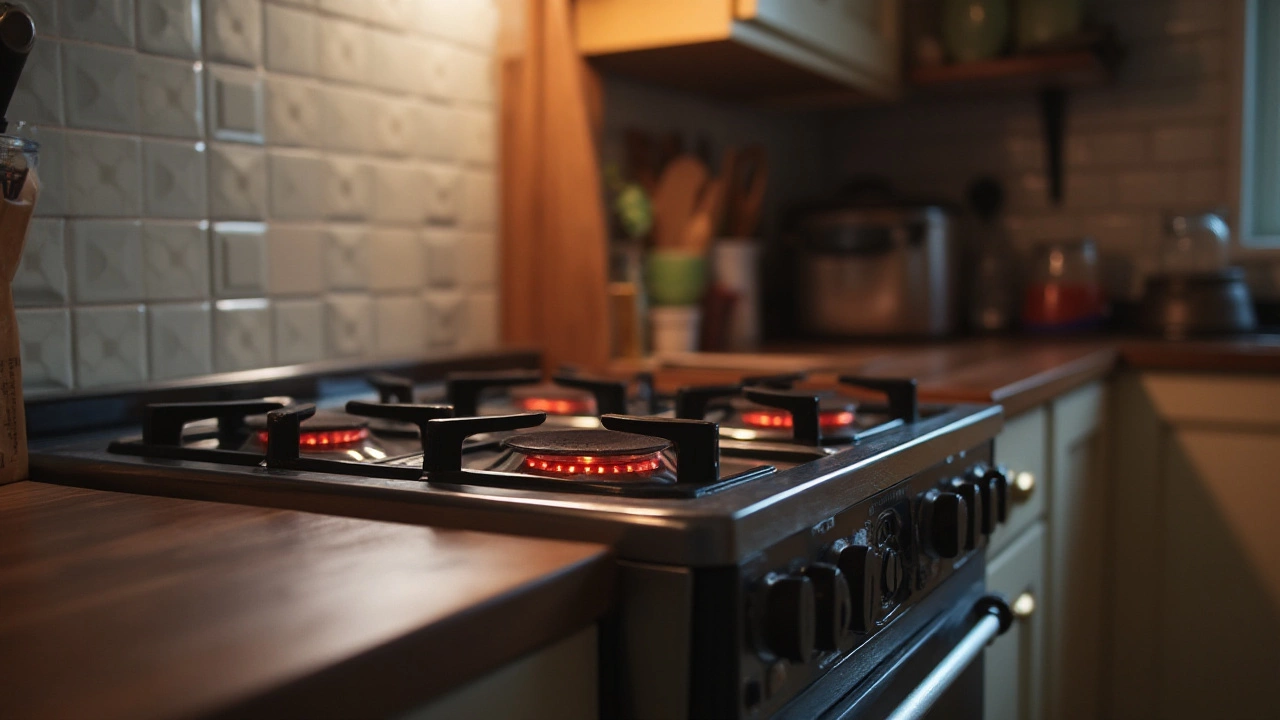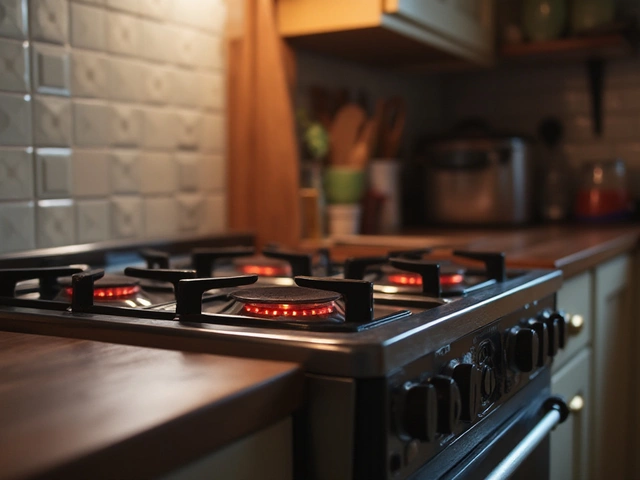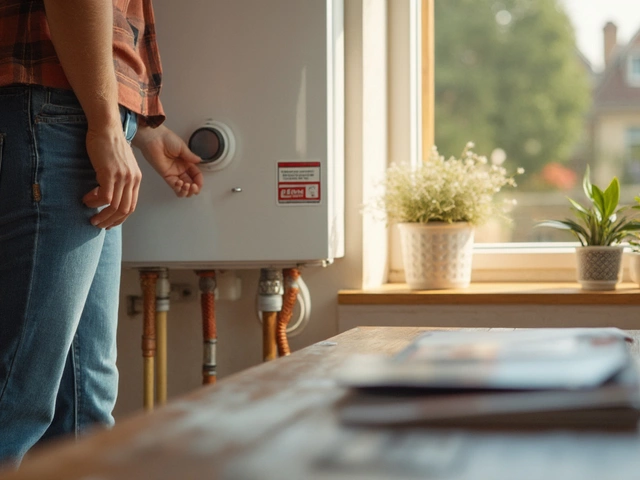Dishwasher Problem Diagnosis: How to Figure Out What's Wrong
April 18 2025Kitchen Appliance Tips, Repairs & When to Replace
Got a noisy oven or a sluggish extractor? You’re not alone. Most people end up calling a pro because they think every fix needs a certificate. The good news is that a lot of little chores keep your kitchen running smooth and save you cash. Below you’ll find simple habits, DIY fixes, and clear signs that it’s time to call an expert.
Everyday Maintenance to Keep Your Kitchen Running
Start with the easy stuff. Wipe the back of your oven and the vent area once a month – grease builds up fast and can cause overheating. For extractor fans, remove the filter every few weeks, soak it in warm soapy water, then let it dry. A clean filter means better airflow and less strain on the motor.
If you have a gas hob, check the burner caps for clogs. A pin or a soft brush clears the holes and restores an even flame. Electric hobs benefit from a quick visual check: make sure the surface is free of scratches that could expose wiring.
Don’t forget the kettle and coffee maker. Scale inside a kettle reduces heating efficiency, so a monthly vinegar rinse keeps the element happy. For built‑in coffee machines, run a cleaning cycle with a descaling solution every two months – it protects pumps and prolongs life.
Common Repairs You Can Do Yourself (And When to Call a Pro)
When an oven won’t heat, the first suspect is the heating element. Turn off power, remove the back panel, and look for a broken coil or burnt spots. If the element looks intact, test it with a multimeter; a reading of zero means it’s dead and needs swapping. Replacing an element is usually a 15‑minute job.
Extractor fans often stop because the motor bearings wear out or the wiring gets loose. After cleaning the filter, give the fan a gentle spin by hand. If it feels gritty, spray a little oil on the bearing shaft. If the fan still hums but doesn’t spin, the motor may need a professional replacement – especially for sealed‑unit models.
For dishwashers, a common issue is a clogged spray arm. Remove it, rinse out food particles, and reinstall. If the dishwasher leaks around the door, check the gasket for tears and replace it if necessary. Most gasket swaps are simple – just slide the new one into the groove and press firmly.
Gas appliances require extra caution. If you smell gas after a repair, shut the valve, ventilate the area, and call a certified engineer right away. Even a small leak can be dangerous, so never attempt to fix gas lines yourself.
Knowing when to quit DIY is key. If a repair involves the main power board, control panel, or any sealed gas component, it’s best to let a qualified technician handle it. Trying to force a fix can cause more damage and raise the bill later.
Keep a small toolbox stocked with a screwdriver set, pliers, a multimeter, and some replacement gaskets. Having the right tools makes quick fixes painless and encourages you to stay on top of maintenance.
In short, regular cleaning, quick visual checks, and a few handy tools can keep most kitchen appliances humming. When you spot a wear pattern, a burnt smell, or a persistent error code, decide if the fix is within reach or if a pro should step in. With these habits, you’ll extend the life of your oven, hob, extractor, and more, while keeping the kitchen safe and efficient.
 5 Dec
5 Dec
How to Identify a Malfunctioning Electric Stove Element
Discover the signs of a faulty electric stove element to efficiently address kitchen appliance issues. This guide provides insights into typical symptoms, such as uneven heating and visual damage, helping you to diagnose potential problems. Tips on safe testing and maintenance advice ensure you can handle minor repairs or know when to call a professional. Understanding your stove's inner workings can save time and costs, preserving the life of your appliance.
Read More...



